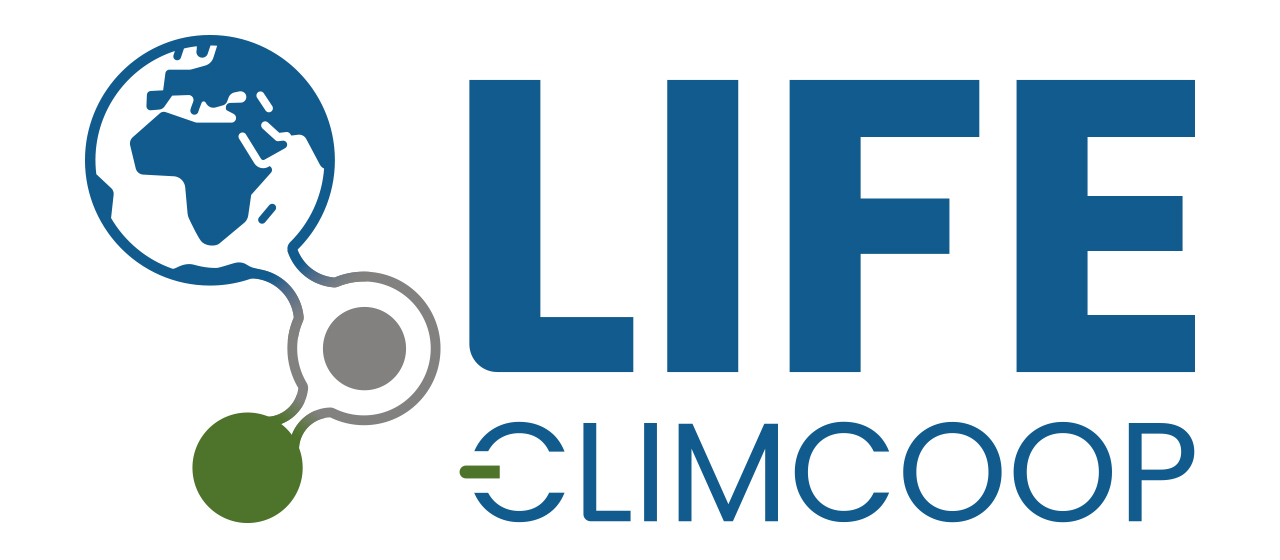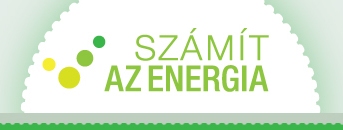The National Adaptation Geo-information System
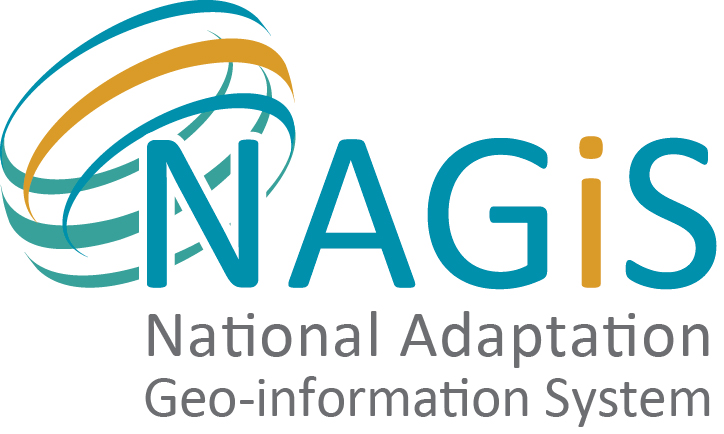 The legal basis for the establishment of the National Adaptation Geo-information System (NAGiS) was laid down by Paragraph 3 of Act LX of 2007 on the implementation framework of the UN Framework Convention on Climate Change and the Kyoto Protocol thereof. According to the law, the 94/2014 (III.21.) Governmental Decree on the detailed rules of operation of the National Adaptation Geo-information System was adopted in 2014, and the Operating Rules of the NAGiS was accepted in May, 2014. The NAGiS provides information on climatic conditions of the country, possible impacts of climate change and on strategic risks affecting natural resource management and on possibilities for adaptation. This information is based on data, derived indicators, analyses and impact studies within the framework set by the mentioned the Govt. Decree. The NAGiS is operated by the Hungarian Mining and Geological Survey (MBFSZ).
The legal basis for the establishment of the National Adaptation Geo-information System (NAGiS) was laid down by Paragraph 3 of Act LX of 2007 on the implementation framework of the UN Framework Convention on Climate Change and the Kyoto Protocol thereof. According to the law, the 94/2014 (III.21.) Governmental Decree on the detailed rules of operation of the National Adaptation Geo-information System was adopted in 2014, and the Operating Rules of the NAGiS was accepted in May, 2014. The NAGiS provides information on climatic conditions of the country, possible impacts of climate change and on strategic risks affecting natural resource management and on possibilities for adaptation. This information is based on data, derived indicators, analyses and impact studies within the framework set by the mentioned the Govt. Decree. The NAGiS is operated by the Hungarian Mining and Geological Survey (MBFSZ).
In 2013, the predecessor of MBFSZ, the Gelogical and Geophysical Institute of Hungary (MFGI) was awarded a grant of the European Economic Area (EEA) Grants Fund for the establisment of the system. The NAGiS project was one of the key elements of the ‘Adaptation to Climate Change’ Program financed by the European Economic Area (EEA) Grants Fund. Its fund manager was the Regional Environmental Center for Central and Eastern Europe (REC). The implementation of the Program was supported by the Norwegian Directorate for Civil Protection and Emergency Planning (DSB). The NAGiS project was implemented between 24th of September 2013 - 30th of April 2016. The National Adaptation Centre (NAC), a unit of the MFGI was responsible for the implementation process.
The overall objective of the National Adaptation Geo-information System (NAGiS) project was to develop a multipurpose geo-information system that can facilitate the policy-making, strategy-building and decision-making processes related to the impact assessment of climate change and founding necessary adaptation measures in Hungary.
For further information please visit the NAGiS homepage by clicking here.
The Project was supported by a grant from Iceland, Liechtenstein and Norway.

.jpg)
.jpg)

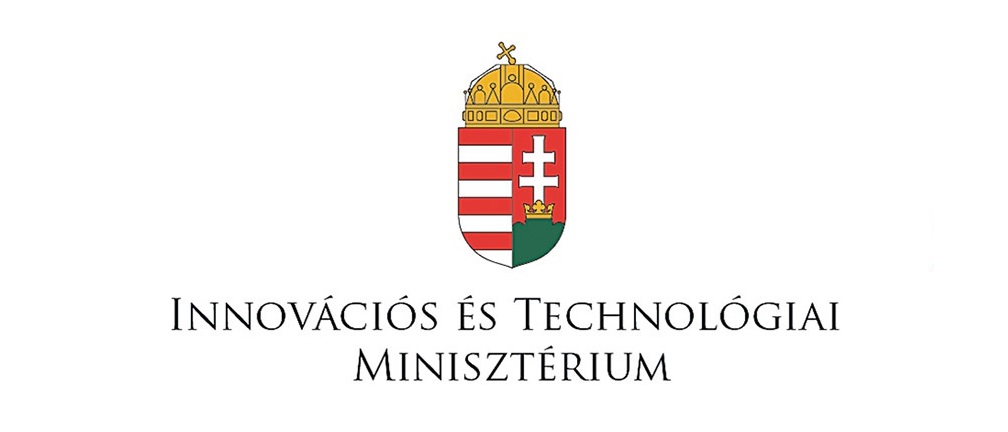
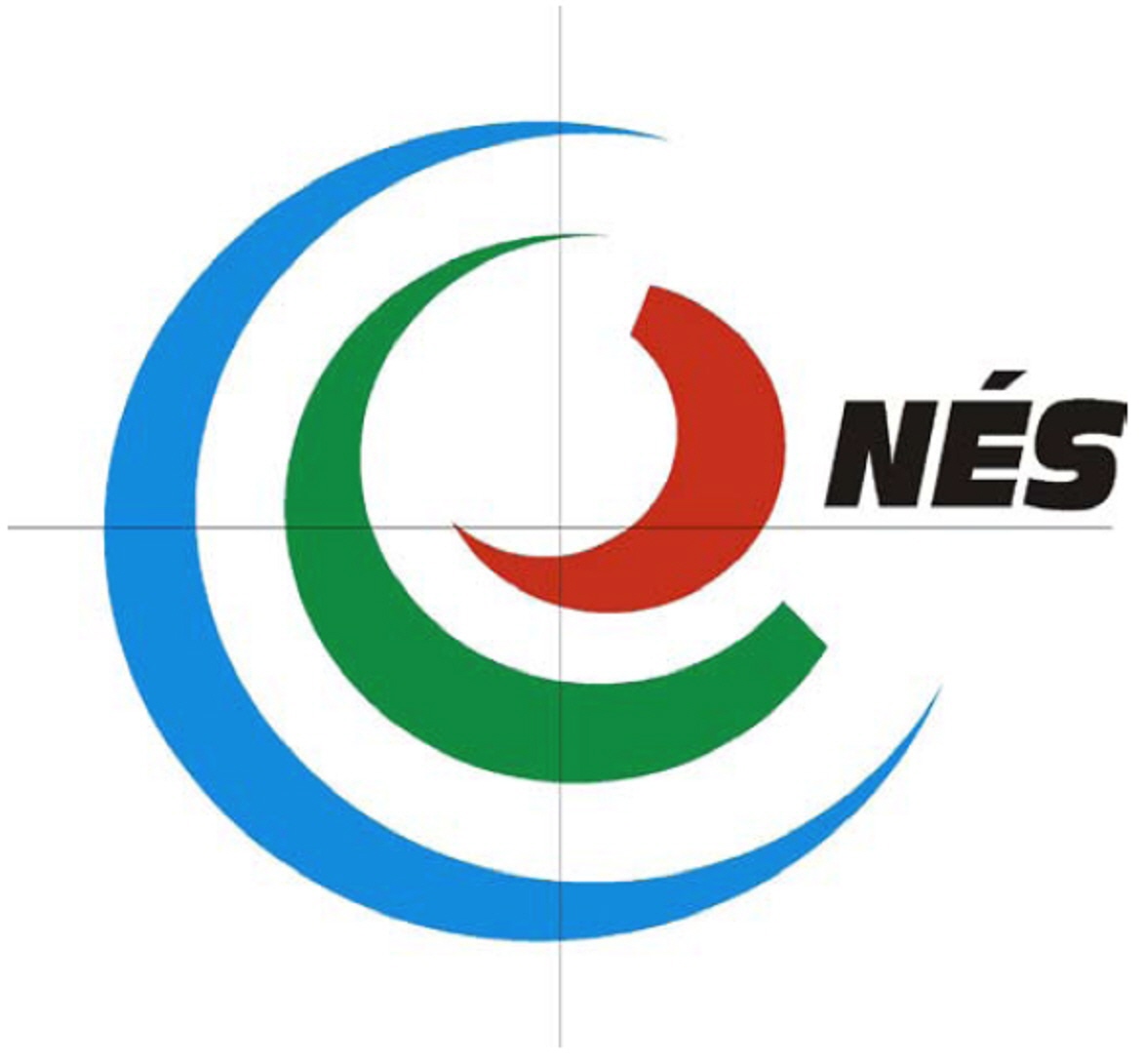
.jpg)
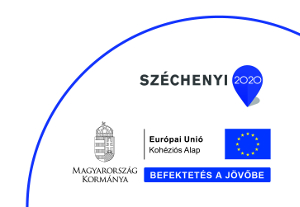
.jpg)
